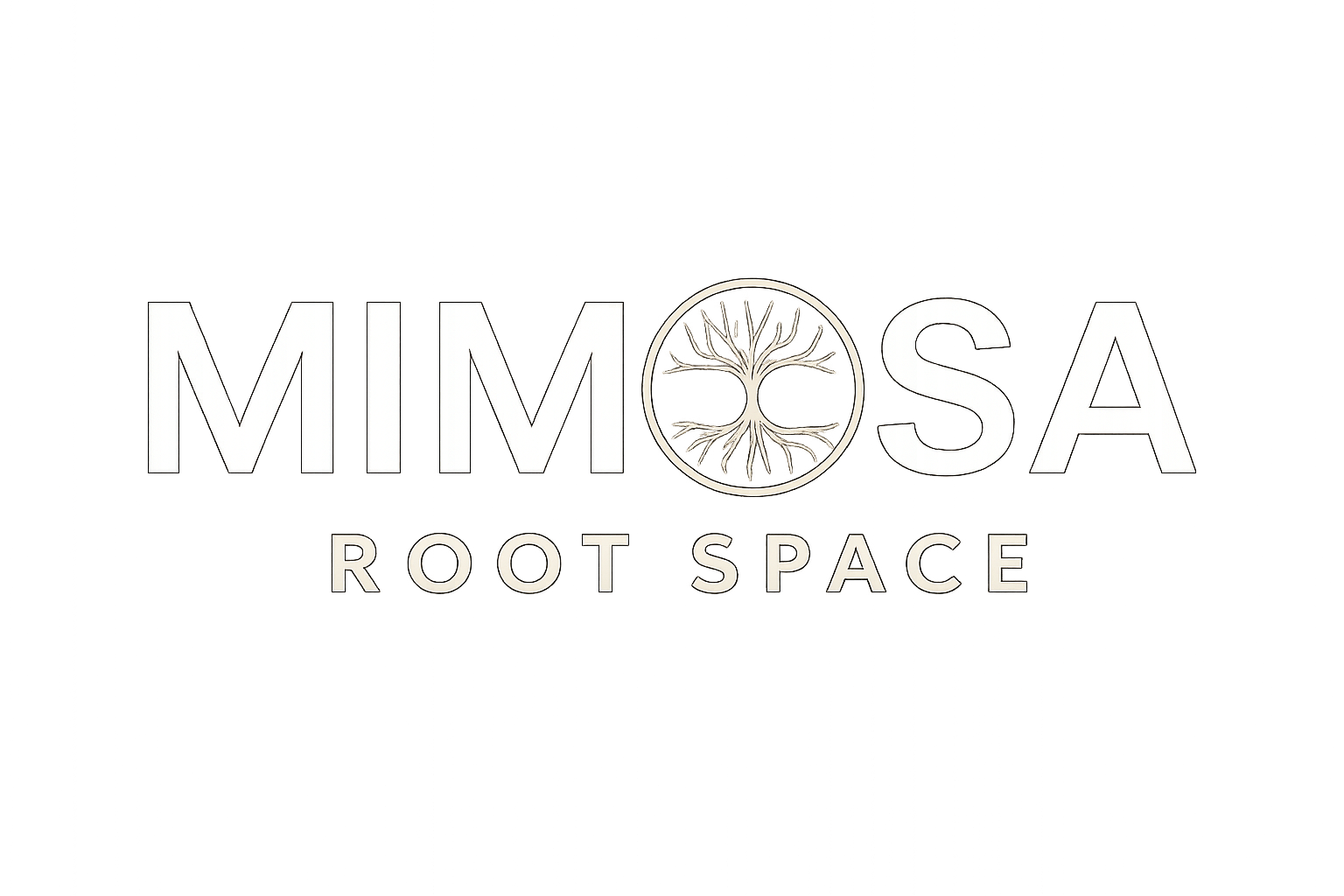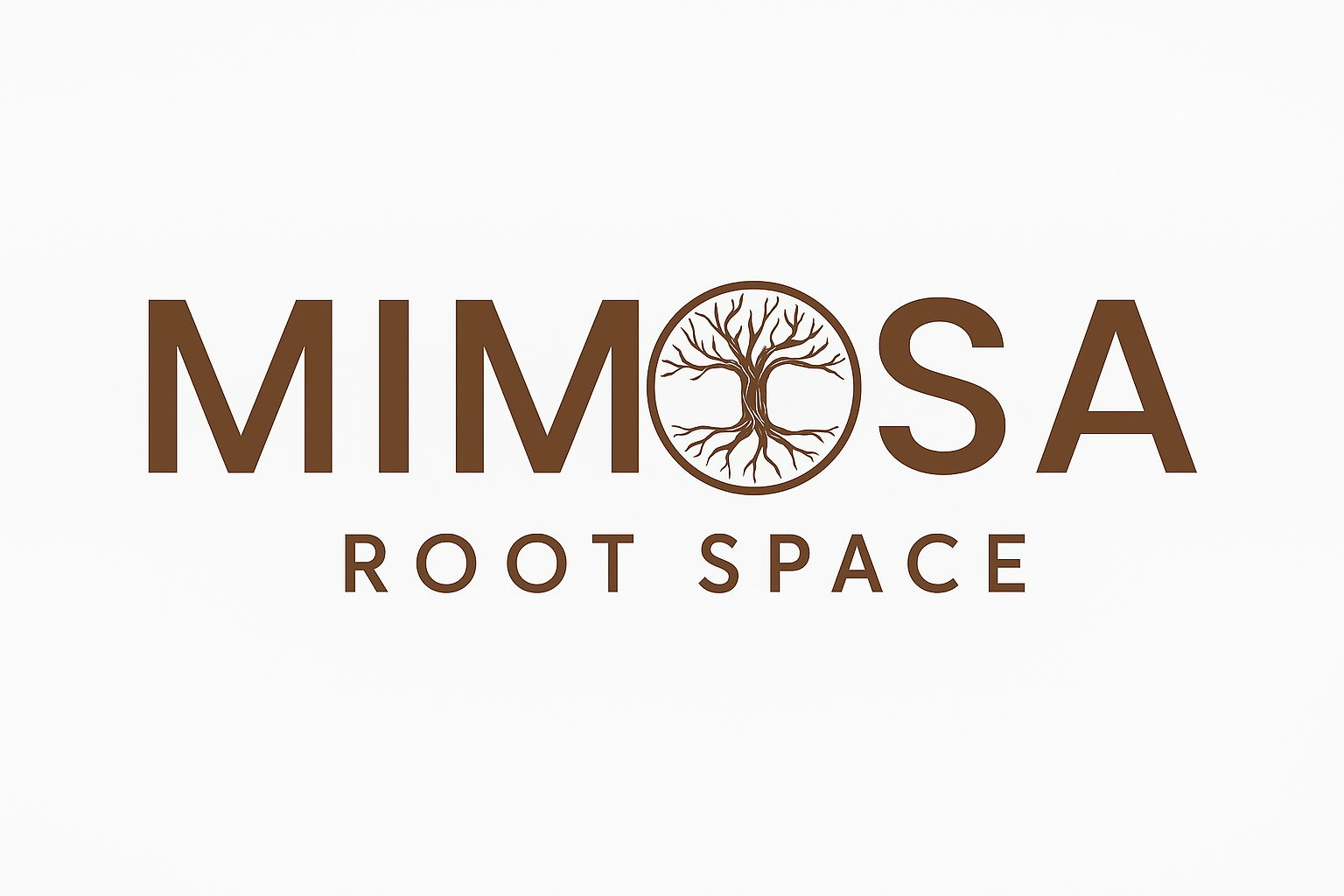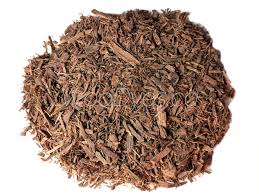Mimosa Hostilis Root Bark: Benefits, Uses, and Insights
Introduction to Mimosa Hostilis Root Bark
Mimosa Hostilis Root Bark (MHRB) is a natural product that has gained worldwide recognition for its versatility and traditional significance. Derived from the Mimosa tenuiflora tree, which is native to Brazil, Mexico, and Central America, the root bark is widely appreciated for its rich natural compounds. For centuries, it has been used in herbal remedies, skincare, natural dyes, and traditional practices. Today, MHRB continues to attract attention in the wellness, cosmetic, and holistic markets due to its diverse applications.
Historical Background of MHRB
The use of Mimosa Hostilis Root Bark dates back hundreds of years. Indigenous communities in South America and Mexico used it for medicinal purposes, particularly for treating wounds, burns, and skin infections. Its healing reputation is largely due to the bark’s antibacterial, antifungal, and regenerative properties. Additionally, its natural pigmentation made it a popular choice as a textile dye in traditional crafts.
Chemical Composition and Natural Properties
The root bark of Mimosa Hostilis is rich in natural compounds that give it unique qualities:
- Tannins – Known for their astringent and cleansing effects.
- Saponins – Natural compounds that help cleanse and purify.
- Flavonoids – Antioxidants that protect against free radicals.
- Alkaloids – Contributing to the bark’s wide range of traditional uses.
This composition makes MHRB a valuable natural product for multiple industries.
Benefits of Mimosa Hostilis Root Bark
1. Skincare and Wound Healing
MHRB is highly regarded for its skin-healing abilities. When applied topically, it helps repair burns, cuts, and wounds. It promotes the regeneration of skin tissue and reduces scarring, making it an important ingredient in natural skincare treatments.
2. Natural Dyeing Agent
The inner root bark contains a deep purple-brown pigment that has long been used as a natural dye for textiles and fabrics. Artisans and eco-friendly fashion brands often prefer MHRB for sustainable dyeing processes.
3. Traditional and Herbal Uses
In indigenous cultures, Mimosa Hostilis Root Bark has been used in teas, poultices, and herbal mixtures to address various ailments. Its soothing properties make it a natural option for holistic wellness.
4. Soil Regeneration
Interestingly, the Mimosa tenuiflora tree itself contributes to soil fertility. Its root system helps restore degraded land, while the bark plays a role in traditional organic farming practices.
Popular Modern Applications
Skincare Industry
Today, many skincare brands include MHRB in their natural creams, soaps, and ointments. It is especially useful for sensitive skin due to its gentle yet powerful healing effects.
Eco-Friendly Dyeing
As sustainable practices become more important globally, Mimosa Hostilis Root Bark is being embraced by eco-conscious designers and textile industries for plant-based dyes.
Herbal and Holistic Wellness
The bark continues to be popular among herbal enthusiasts and holistic practitioners. Its reputation for healing and rejuvenation makes it a staple in many natural health practices.
Why Choose Mimosa Hostilis Root Bark?
The growing demand for organic and sustainable products has increased the popularity of MHRB. Unlike synthetic alternatives, it is natural, biodegradable, and eco-friendly. Whether used in beauty, wellness, or crafts, MHRB is a renewable resource that aligns with the global movement toward healthier and greener living.
Safety and Considerations
While Mimosa Hostilis Root Bark offers many benefits, it should be used responsibly. Always source MHRB from trusted suppliers to ensure quality and sustainability. If using for skincare or internal purposes, consult a professional to ensure safe application.
Final Thoughts
Mimosa Hostilis Root Bark (MHRB) is more than just a natural product – it is a bridge between ancient traditions and modern sustainability. Its healing properties, dyeing capabilities, and eco-friendly nature make it a truly versatile and valuable resource. As the world continues to embrace natural alternatives, MHRB stands out as a powerful example of how nature provides solutions for health, beauty, and the environment.


